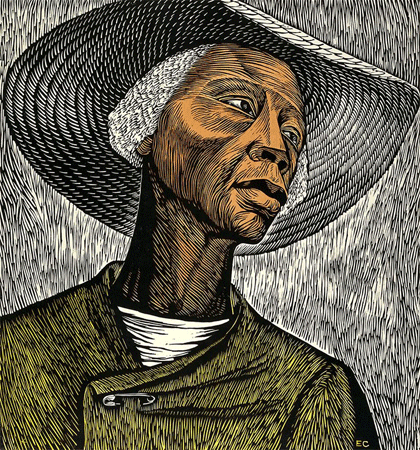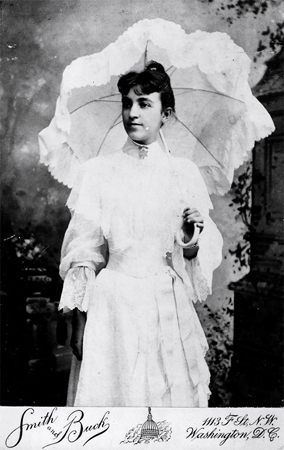Washington’s Secret City: Cultural Capital

Luke C. Dilton | Colored Women’s League of Washington, D.C.; ca. 1894 | Eyes of the Nation: A Visual History of the United States (Library of Congress)
Amber N. Wiley, Ph.D. , Visiting Assistant Professor of Architecture, Tulane University
Historian Constance Green characterized Washington, D.C. in the early 1900s as the “undisputed center of American Negro civilization” in her 1969 book Secret City: History of Race Relations in the Nation’s Capital. This was America before the Harlem Renaissance, in which the average percentile of the capital’s black population ranged from 25-33% throughout the nineteenth century. This population peaked between 1960 and 1990. This black Washington spans from the antebellum period through abolitionism, Reconstruction, Jim Crow, Civil Rights, Black Power, Parliament’s “Chocolate City,” and the so-called “post-racial” Obama era.
Accordingly, the African American contribution to the nation’s capital has been significant since its founding in 1790. My image group highlights the cultural capital in this city that tells the story of African Americans in Washington. This history is understudied, and therefore misinterpreted and devalued. The images in the collection represent the three aspects of cultural capital as described by Pierre Bourdieu – the embodied, objectified, and institutionalized states. They also represent the conscious and unconscious processes of acquiring cultural capital – the quotidian aspects of life, like going to a game at Griffith Stadium, or children playing in a water fountain, in addition to the mindful creation of national symbols through design of the Mall, and incorporating Civil Rights and Black Power figures into a narrative of American blackness and a collective struggle.
The chronology of the group is expansive and inclusive of a substantial accumulation of histories about Washington. The earliest image in the collection is the frontispiece for Benjamin Banneker’s Almanac, dated 1795. Banneker was a free black who surveyed land for the laying out of the federal capitol. The most recent image in the collection is a mural created in 2009 in Silver Spring, Maryland by artist Joel Bergner entitled “The Global Refugee Mural,” that depicts refugees living in the metropolitan area and highlights the international nature of the region.
There are also significant themes that appear in the collection, from extreme poverty in the city’s alley dwellings in the shadow of the capitol building to the privileged lineages of black aristocracy. These include haunting images by Lewis Hine and Gordon Parks, as well as carefully composed, self-conscious representations of class attainment produced in the studio of local photographer Addison Scurlock.
- Unknown photographer. Howard University students picket the National Crime Conference, December 1934. Eyes of the Nation: A Visual History of the United States (Library of Congress)
- Elizabeth Catlett | Sharecropper; 1957 – 1968 | The Minneapolis Institute of Arts Art © Elizabeth Catlett/ Licensed by VAGA, New York, NY. This work of art is protected by copyright and/or related rights and may not be reproduced in any manner, except as permitted under the ARTstor Digital Library Terms and Conditions of Use, without the prior express written authorization of VAGA, Tel.: 212-736-6666; Fax: 212-736-6767, email: info@vagarights.com.
- Smith and Buck | Mary Church Terrell; ca. 1900 | Eyes of the Nation: A Visual History of the United States (Library of Congress)
The collection highlights the growth of institutions centered on the National Mall depicting a national narrative – the Smithsonian and the Federal Triangle as indicative of growth and expansion of federal government and the city shaping a national identity. This runs concurrent with the history of blacks in the city and founding of black institutions to support the “Secret City,” including Freedman’s Hospital, Dunbar High School, Howard University, and Pride Inc.
The images in this group introduce the viewer to the cultural capital of Washington’s secret city – one that is rife with both local and national struggle, reflective of what it means to be black in America, occupying various realms of the public sphere – enshrined in delicate layers of visibility, invisibility, and autonomy.


